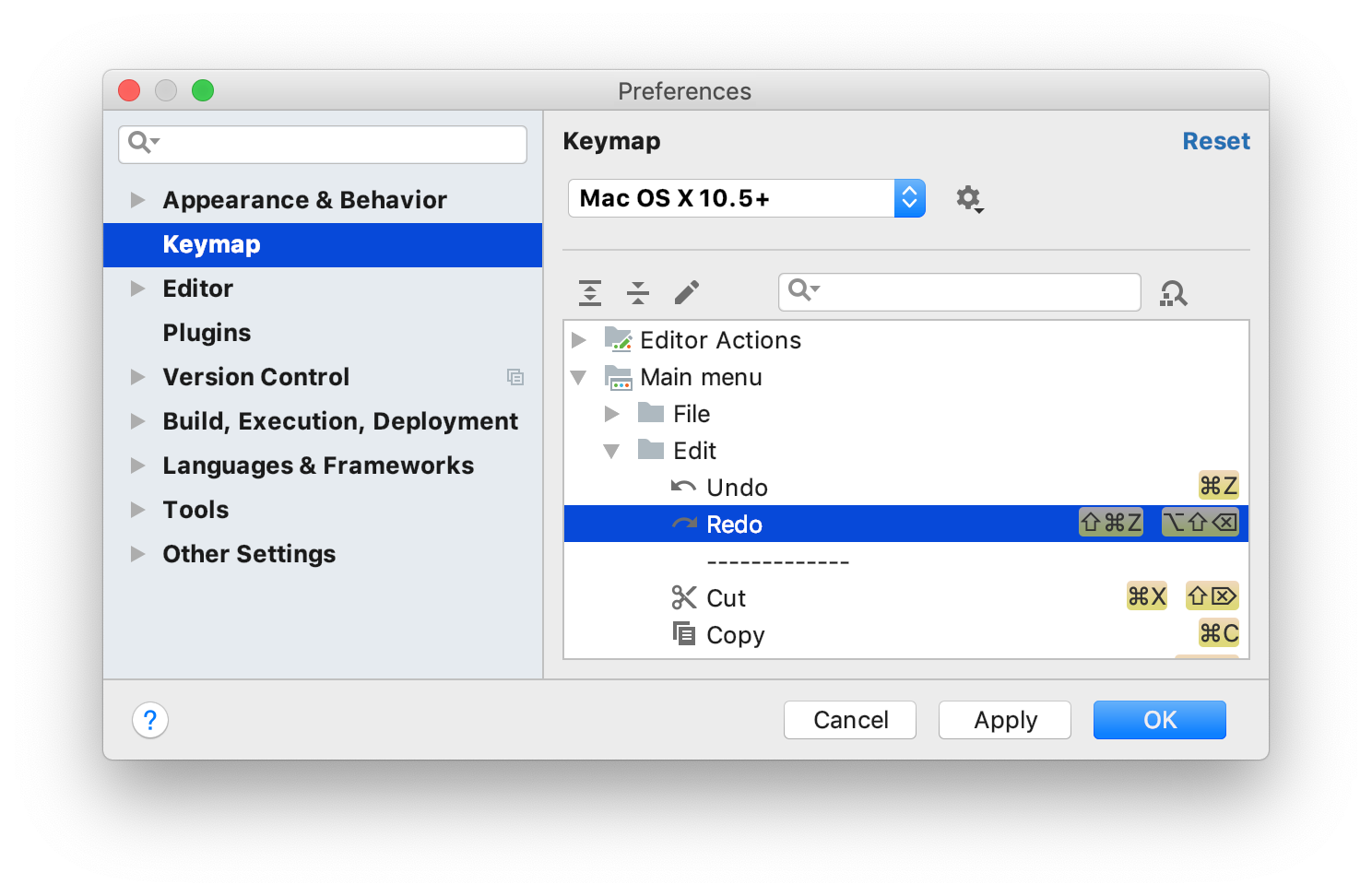
However, the -Include parameter requires the -Path parameter to be present in the expression.Įxample Code: gci -Path C:\PS\Temp\* -File -Include CEF*.pdf, *.xlsx, *.txt Therefore, we can say the -Include parameter is better than the -Filter parameter. We can use the -Include parameters, which accept multiple conditions.

We can also use the alias gci as a substitute for the Get-ChildItem command for a more seamless writing experience.Įxample Code: gci -Filter C:\PS\Temp\* -Filter *.xlsx Using the -Filter parameter, we can narrow our search results with just a single expression.
RENAME IT FOR FOLDERS HOW TO
How to rename files and folders name with CMD The Get-ChildItem cmdlet when executed, display files, directories with their Mode, LastWriteTime, Length (file size), and Name properties on the PowerShell console. In the above command, the Get-ChildItem cmdlet gets all items from the supplied value of the -Path parameter. We will focus our examples more on files and folders for this article.

In addition, the location specified in the cmdlet can be a registry, file system, or certificate store. The Windows PowerShell Get-ChildItem command gets the operating system items in a specified directory or location. Filtering Files and Folders in PowerShell This article will discuss filtering files and folders and how to rename the file names and change the file extension using Windows PowerShell. If we need multiple files to be renamed, it is more efficient to tackle it through automation.

We can rename files and folders through the GUI by right-clicking on a file and selecting "Rename". Renaming files and folders is most likely one of the basic functionalities of the Windows operating system. Filtering Files and Folders in PowerShell.


 0 kommentar(er)
0 kommentar(er)
